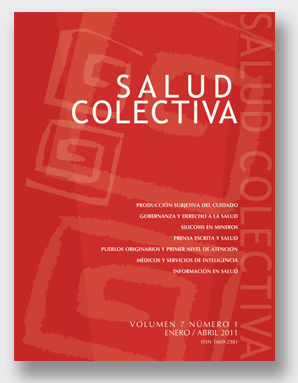Doctors, hospitals and intelligence agencies: the Mexican medical movement (1964-1965) as seen from intelligence reports
Gabriela Soto Laveaga
Doctora en Historia. Profesora-investigadora del Departamento de Historia y directora del Programa de Estudios Latinoamericanos e Ibéricos, University of California, Santa Bárbara, EE.UU
Published:
1 April 2011

Article views
929
Metrics Loading ...
Abstract
In the autumn of 1964, residents and interns of Mexico's hospitals began a strike to demand salary increases, better working conditions, and more educational opportunities. As time passed, however, these workplace demands shifted to encompass more global issues of social justice, the right of all Mexicans to healthcare, and even peasant rights and agrarian reform. The Mexican government, concerned by the growing influence of these young doctors, made it a top priority of the intelligence service to monitor on a daily basis all Mexico City hospitals and to clandestinely follow certain physicians. Using only a sampling of these intelligence reports, the article reveals how the government of Gustavo Díaz Ordaz used the medical movement to better understand the student protests of 1968
Keywords: Physicians, Public Sector, Medical Staff, Hospital, Working Conditions, Strikes, Employee, Mexico










